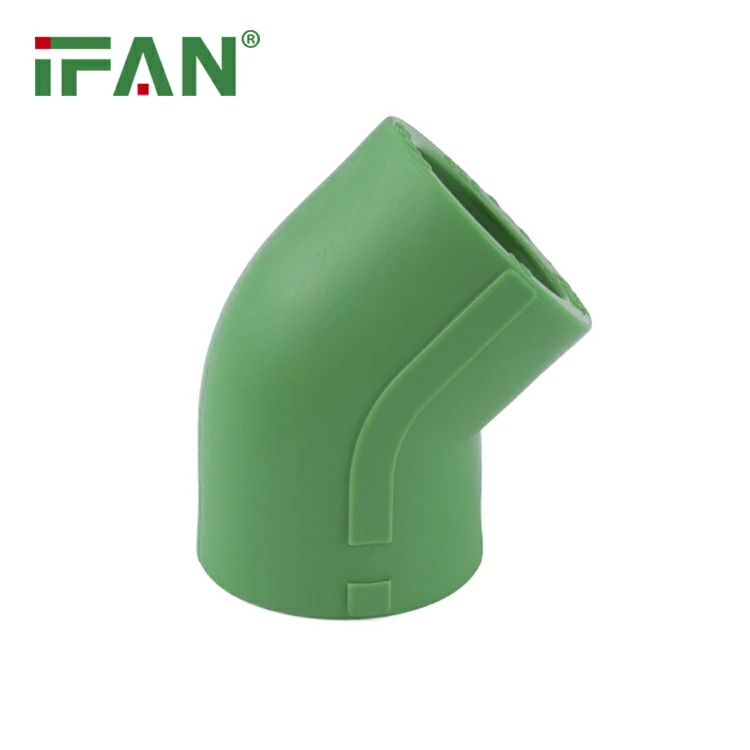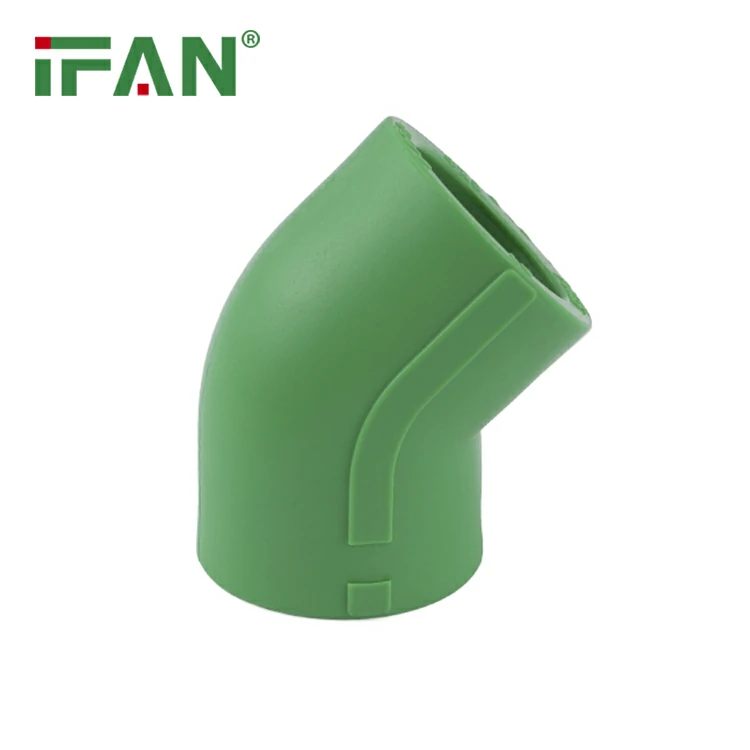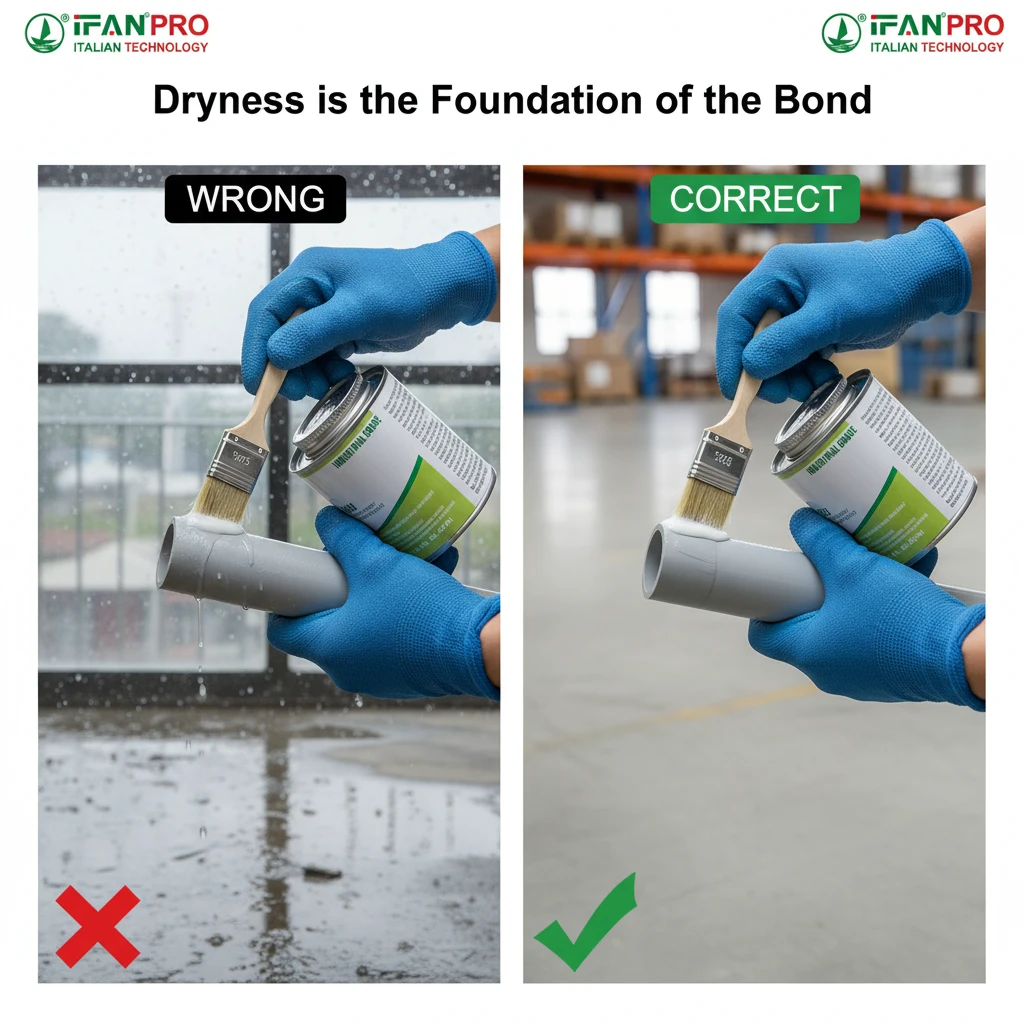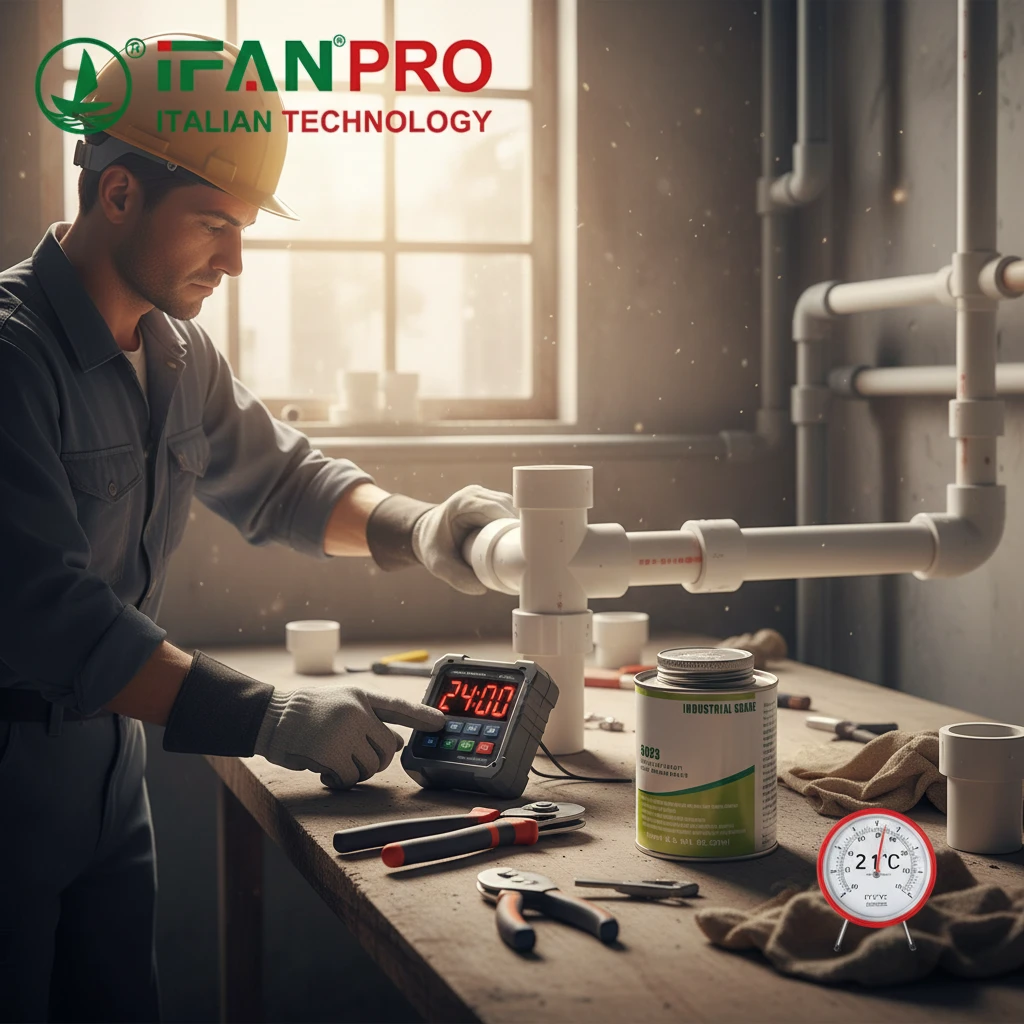1. Introducción
For HVAC contractors and construction professionals, figuring out whether PPR elbow fittings are appropriate for floor heating systems is crucial for system performance and durability. This guide delves into the technical aspects, installation procedures, and real – world uses of PPR elbows in radiant heating.
2. Advantages of PPR Elbow Fittings in Floor Heating
2.1 High – Temperature Resistance
- PPR elbows can operate continuously at 95°C (as per EN 12201 certification) and tolerate short – term peaks up to 110°C.
- They are a great fit for high – temperature radiant systems.
2.2 Corrosion Resistance
- Their inert material is not affected by chemicals such as chlorine and salts.
- This feature helps prevent scale formation, which can reduce the efficiency of heating systems.
2.3 Installation Flexibility
- Hot – melt welding creates leak – free joints.
- They can be used in complex layouts with angles of 45°, 90°, or custom degrees.
3. Technical Specifications for Floor Heating
3.1 Pressure Ratings
- PN16 (16 bar) is suitable for residential systems.
- PN25 (25 bar) is designed for commercial/industrial applications.
3.2 Pipe Sizes
- Common sizes range from DN16 to DN32.
- Larger diameters like DN40 – DN50 are used for main pipelines.
3.3 Standards Compliance
- EN 12201 ensures long – term material stability.
- ISO 21307 sets welding quality standards.

4. Installation Steps for PPR Elbows
- Cutting and Deburring
- Use a pipe cutter to make clean cuts.
- Remove burrs to ensure smooth flow.
- Calefacción
- Heat the pipe and fitting at 260°C for 8 – 12 seconds.
- Assembly
- Align the elbow at the desired angle.
- Push the parts together firmly and hold for 5 – 10 seconds.
- Cooling and Testing
- Let the joint cool for 30 minutes.
- Conduct a pressure test at 1.5x working pressure for 2 hours.
5. Best Practices for Floor Heating Systems
- Avoid Overheating: Use calibrated welding machines to prevent material degradation.
- Angle Accuracy: Use a protractor to ensure precise angles.
- Expansion Management: Install expansion joints every 30 – 50 meters.
- Insulation: Apply thermal insulation to reduce heat loss.
6. Case Studies
6.1 German Residential Project
- Desafío: Installing a 150m² radiant heating system in a historic building.
- Solución: Using DN16 90° PPR elbows.
- Resultado: Uniform temperature distribution within ±1.5°C.
6.2 Italian Hotel Development
- Requirement: A high – temperature (75°C) system.
- Product: DN25 PPR elbows with thermal insulation.
- Outcome: 22% energy savings compared to traditional radiators.
7. Conclusión
PPR elbow fittings are an excellent choice for floor heating systems due to their heat resistance, corrosion resistance, and ease of installation. For high – quality solutions, consider [Yifan Pipeline]’s EN 12201 – certified PPR elbows. Visit ifanultra.com to explore our products or request a free installation guide.














Comentarios recientes